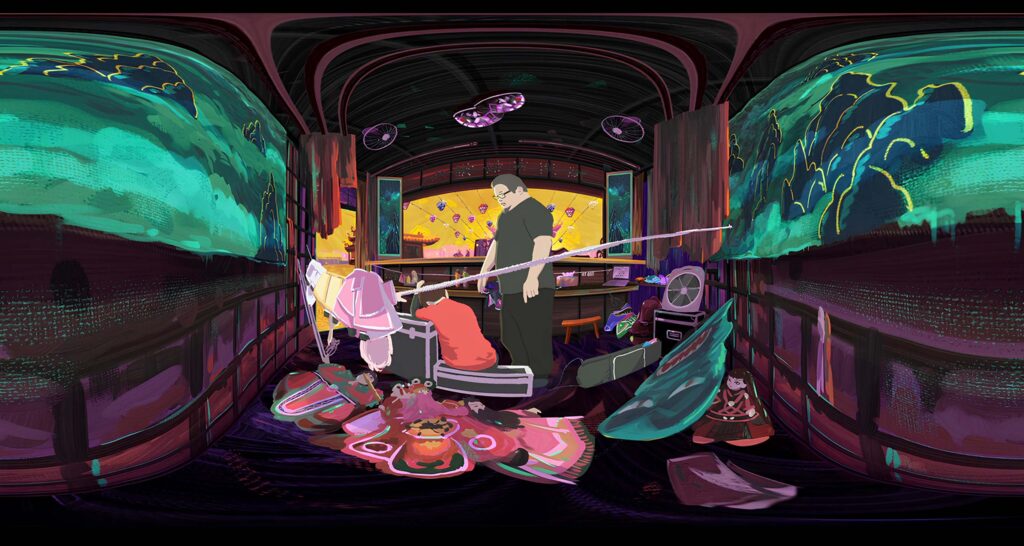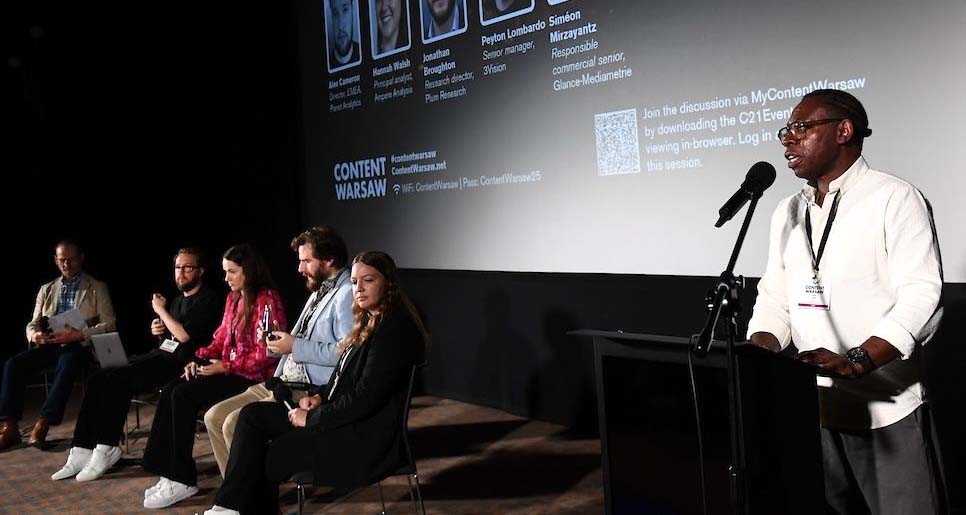Stable funding, political pressures, and the growing dominance of global streamers are among the key challenges facing RTV Slovenia, according to Natalija Gorščak, President of the broadcaster’s management board. In a recent interview during last edition of NEM Zagreb, Gorščak outlined the institutional and structural obstacles limiting the ability of small public broadcasters to thrive, particularly when engaging in international co-productions and protecting local media ecosystems.

One of the most pressing concerns is the legal framework under which RTV Slovenia operates. According to Gorščak, the broadcaster cannot enter co-productions directly and must do so through local independent producers, limiting its flexibility and reach. This structure makes it difficult to develop strategic partnerships abroad, especially when considering the lengthening rights windows caused by streaming platforms and new distribution models.
‘We’re tied by legal constraints that prevent us from engaging directly in co-productions’, she explained. ‘By the time linear television gets access to a co-produced work, it may already have run its course in cinemas and on SVOD platforms’.
She also stressed that pan-European co-production alliances could be effective, particularly when addressing universal themes like war, immigration, and aging populations. However, unresolved issues around copyright and music licensing remain significant barriers to cross-border collaboration, especially in smaller markets. Gorščak criticized the lack of EU-level regulation on these matters, suggesting that inadequate frameworks often hinder the international potential of content produced in smaller countries.
Discussing the role of global streaming platforms like Netflix, the executive was candid. ‘They don’t care about us’, she said. ‘They’re investing in large markets like Poland and Germany, but Slovenia, with its two million citizens and maybe 800,000 viewers, is not on their radar, so it’s a market niche for opportunities’.
She noted the irony that Slovenians pay willingly for multiple streaming subscriptions while criticizing the public broadcaster’s modest license fee. ‘There’s no regulation preventing streamers from entering and dominating our markets, but they don’t reinvest in local content. That’s a strategic failure’, said, pointing to the need for local policy measures that ensure streamers contribute to national production ecosystems.
The concern is broader than Slovenia. Explained that small markets across Europe face a similar erosion of local culture and language as international content floods in. She highlighted ongoing debates within the European Broadcasting Union (EBU) about how public media should relate to major streaming services—whether to engage, resist, or demand structural accountability.
She pointed out that larger European countries had been more proactive in demanding investment from streamers but are now seeing the limits of these mechanisms. ‘We need to figure out how to make these platforms pay into our local production infrastructure’, Gorščak added.







